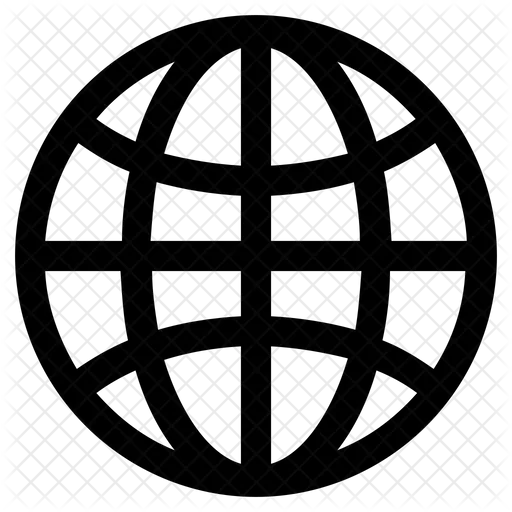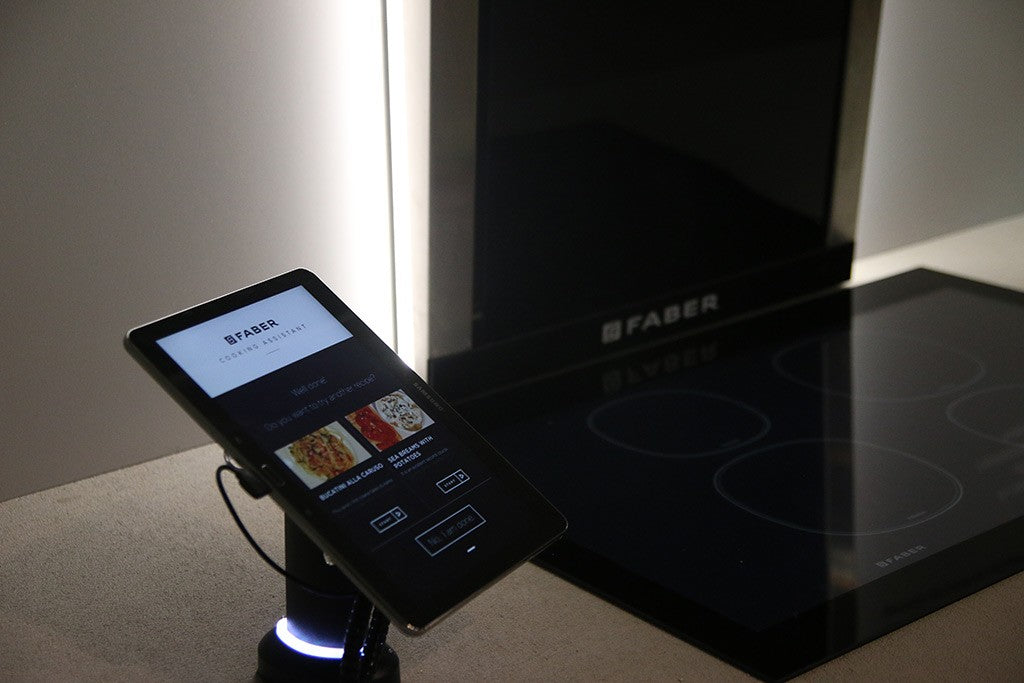Recent global events have had a major impact on the energy markets, resulting in a significant rise in energy costs. This, coupled with alarming effect fossil fuels have on, this energy crisis has prompted Italians to give more thought to the concept of home economics than in the past, prompting many families to take a closer look at their consumption and equip themselves to try to cut down on expenses related to household appliances.
In addition to the most commonly used appliances, such as washing machines, dishwashers, ovens and refrigerators, attention has also turned to extractor hoods, which are usually relied on to purify the air of fumes and bad smells that inevitably waft through the house when we are cooking and are among the main causes of indoor pollution.
But do you know how much kitchen hoods consume?
Let’s take a closer look at the energy consumed by extractor hoods and the impact they have on our electricity bills.
The energy consumption of extractor hoods
You'll be pleased to hear that extractor hoods are not one of the appliances that consume the most energy.This does not mean that these devices are all the same and that it is not necessary to take a closer look at their specific characteristics before deciding which one to purchase. To calculate our overall household consumption, however, it is also advisable to know how to save money on extractor hoods.
Extractor hood consumption: watch out for the energy label
 According to the new European legislation of 2021, extractor hoods, like other household appliances, must also have their own energy label. It provides consumers with an invaluable piece of information that allows them to be informed about the appliance's electricity consumption, making it easier for them to choose the best energy-efficient devices. The energy label now catalogues extractor hoods in classes ranging from A+++ to D. The best products are currently those in class A+++ (maximum efficiency) also indicated by the dark green colour, while the most energy-intensive ones belong to class D (minimum efficiency) in dark red.
According to the new European legislation of 2021, extractor hoods, like other household appliances, must also have their own energy label. It provides consumers with an invaluable piece of information that allows them to be informed about the appliance's electricity consumption, making it easier for them to choose the best energy-efficient devices. The energy label now catalogues extractor hoods in classes ranging from A+++ to D. The best products are currently those in class A+++ (maximum efficiency) also indicated by the dark green colour, while the most energy-intensive ones belong to class D (minimum efficiency) in dark red.
Among the eco-friendly devices in class A+++ that, in addition to focusing on intelligent and compact design, demonstrate that they really care about protecting the environment and saving energy, we find extractor hood models Galileo Smart and Galileo NG in the Galileo series by Faber. These models combine induction hob and extractor hood in a single flush-mounted product and are among the most efficient and high-performance examples on the market.
What we find on the new energy label
In addition to the new energy classes, the latest energy labels now include more detailed information about the appliances, such as the environmental sustainability level and noise level. The label also includes a QR Code, which allows consumers to access the European product database for energy labelling EPREL and download all data in electronic format by scanning a code with their smartphone. As of 2021, the electricity consumption on the energy label, expressed in kWh, is generally annual, i.e. it indicates the number of kilowatt hours of power the system can consume in a year.
How to reduce consumption: the energy class of extractor hoods
When choosing the best extractor hood, the energy efficiency class is one of the fundamental parameters to consider if you want to achieve an effective reduction in electricity consumption. Choosing a product of class A+ or higher means investing in a hood that, besides being low-noise, consumes no more than 37 kW/h per year (in comparison, a class C hood consumes 96 kW/h).
The key features of the most energy-efficient hoods include:
-
High efficiency value of the fan and electric motor —
In the case of Faber's induction hob-integrated hoods, this is achieved thanks to the ultra-quiet Brushless motor, which guarantees stable performance in terms of higher efficiency and better heat dissipation in all operating conditions. In this case, we have 85% less consumption (kW/h) at medium-low speeds and 35% less at high speeds, a reduction that avoids the emission into the atmosphere of 288 kilograms of CO2 per year. - Low energy consumption lighting — A feature typical of the most advanced extractor hoods, in Faber's Galileo extractor hoods this is made possible by the exclusive LED Light technology: by optimising the distribution of light in the environment, it guarantees adequate visibility of the worktop with a consumption of just 2W.
- Presence of automatic shut-off systems that reduce the volume of air — Thanks to an automatic operation mechanism, the hoods integrated with the Galileo Smart and Galileo NG induction hobs are able to adapt the volume of air depending on the cooking process, thus avoiding unnecessary energy dispersion.
Improved energy efficiency of the extractor hoods therefore allows us not only to have a hood with excellent efficiency of both the fan and the electric motor, with better grease filters and extremely low noise levels, but also to obtain attractive savings on our bills. The higher cost of the appliance compared to those with a lower energy class will in time be offset by undeniable benefits, both for our pockets and for the future of our planet.











